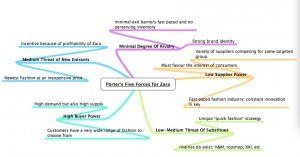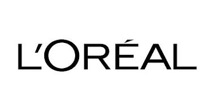After reading Linda Wang’s Blog, I wanted to share a little opinion as well.
Apple is an exceptionally successful enterprise, being unique and innovative. Its products are simple yet fashionable, complexed yet easy to use. The differentiation of Apple’s products from other competitors allowed it to become the fastest growing enterprise of the century. I also agree with Linda’s opinion saying that “Apple Inc is high risk because if Apple does not keep up with technological advances, Apple can easily fall behind its competitors.”
After Apple has already established a symbol of “unique and innovative”, it would be disappointing if they are not kept up with introducing the new generation every year, say the iPhone 7 in 2015. This could allow their value to diminish amongst customers.
Also, despite the new features added on to its products every year. It could frustrate many of us wondering “Why couldn’t the camera be added to last year’s nano?” or “Why couldn’t the recording feature be added to the camera if they use the same lenses?”
Aside form these factors, Apple continues to be a popular item among the public, which is proven by 4 million Iphone4s sales within 3 days, as mentioned in Linda’s Blog.




